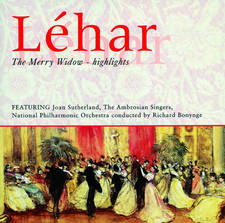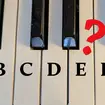What is a scale?
31 May 2024, 16:36 | Updated: 31 May 2024, 16:59

What is a scale, why do we have to practise them, and why are they so fundamental to music? Let’s step it through…
Listen to this article
Scales are the building blocks of music.
Think of it like this: if a piece of music or a song is a house, then the scales probably most closely resemble the walls.
The ‘do re mi fa so la ti do’ pattern referred to in The Sound of Music song is a scale.
Read more: What is the point of practising scales?
A scale is a set pattern of consecutive notes, defined by the relationship of pitches and intervals between them, contained with an octave.
Tones and semitones
The intervals between consecutive notes in scales can either be a tone or a semitone. A semitone (half-tone) is the smallest interval in Western classical music, and can be best described as a black note, followed by a white note, on the piano. A tone is a ‘whole’ step and the equivalent of two semitones.
Containing these tone-semitone patterns, scales create the basis of the key of a piece of music, and helps build out the chords used within that key. The relationship of pitches within the scale defines what kind of scale it is, and these relationships are in turn defined within the ‘octave’ – in other words, the steps it takes to hear the first note of the scale again, but in its higher frequency version.
Practising scales enable musicians to become familiar with where melodies and harmonies are likely to travel, and make it easier for them to learn new pieces of music.
Read more: What are the keys in music?

This piano doesn't have any black keys
Different types of scales
A scale can be in a major or a minor key, and usually consists of seven different notes (before it arrives at the starting note, but just an octave higher), and every note of the Western tonal music system has an associated major and minor scale.
What makes the scales recognisable, and either major or minor, are the particular intervals in between the pitches of that scale.
Major scales sound ‘happy’ and have the interval pattern of tone, tone, semitone, tone, tone, tone, semitone.
Minor scales sound ‘sad’ and have different interval patterns, either to create a ‘natural’ minor, ‘harmonic’ minor or ‘melodic’ minor.
You can also have chromatic scales, which feature 12 notes – or every note found on the piano keyboard – as well as scales built on different modes.
A mode, simply put, is just another type of scale. Alter just one of the consecutive notes after a starting note, and you can call your scale a ‘mode’.
Read more: What are modes and how do I use them?
Long before people started thinking about pieces of music having ‘keys’, each mode is believed to have begun on a different note of the scale, conferring its own character to the set of notes running, for example, C to C (Ionian mode) or E to E (Phrygian mode) and so on.
Key signatures
As well as the starting note, you know what scale you are playing based on the key signature it is written with.
C major doesn’t have any sharps or flats, where as D sharp major has five sharps. Read more about sharps and flats here.


























